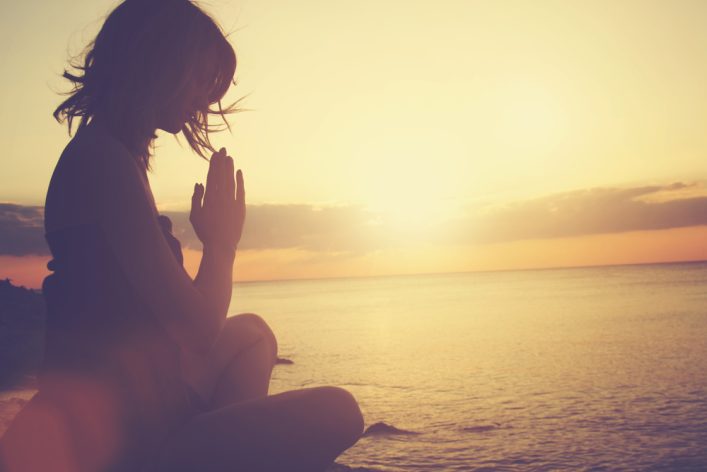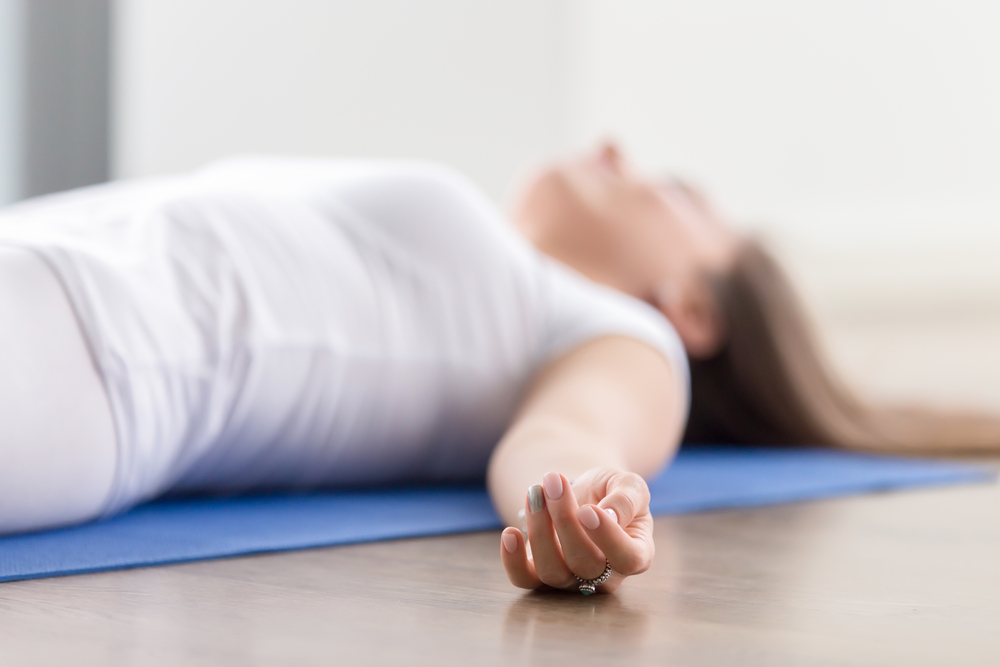

Exercise may be one of the best ways to practice mindfulness! Intentional or not, it’s your “me time.” It’s your time to get out of your head and into your body, which is a deep source of wisdom and intuition. Connecting your mind and body is the way to a leaner, stronger, healthier self and more awareness of what is happening right here right now.
However, too often as adults, even exercising can be difficult because of our wandering, unsteady thoughts. How often have you been on the elliptical and caught your mind pulling you into past dramas or future happenings, looking around and realizing that you just weren’t here in the now. Your time at the gym could’ve been more productive, but your mind had become an obstacle.
If fluidity and mindfulness is so difficult at the gym, an environment that is supposed to be focused on self-improvement, imagine how difficult it is out in the world. Our club is your space, your time for healthy improvements. There may be no better time or place to practice fluidity in your movements, and your breath while being with various sensations of effort and ease.
Smart phones, flashing smart watches, jewelry; they should all be in the locker. The only things to bring are those needed for the particular workout (ie. yoga mat for yoga); otherwise, just bring yourself and maybe a water bottle and towel. If you’re used to listening to music while on the stair climber or treadmill, put notifications on silent whenever possible.
This may feel awkward at first. Remember that Evolutions is a judgement-free zone. This simple act will clear your mind, even if it only serves to make you realize how much was going on in your head and to take inventory of your energy levels. Acknowledge where you are and what your training load has been for the week to strategize how much energy you have at this moment to dedicate for your workout.
This is simply to ease in and notice how you feel. When warming up, notice how it feels and bewithit. Be the witness to yourself. Don’t judge or feel like you’re doing too little or not enough. Be gentle with yourself so you mind won’t go into the judgement zone.
Remember to also notice your breathing. Starting this way is the first step to exercising with Awareness. Just like your car needs to get up to proper operating temperature before you take off, your body also needs to be eased into higher working levels.
An agenda lends itself to more of a To Do List, just checking things off, going through the motions, git-r-done attitude. Perfect for some endeavors, but not all. You cannot beat, pummel or drag your body into submission. Your body will win in the long run.

Having an intention for your workout is very important and very different than an agenda. Set your intention; but be present and let it all unfold without any expectations. Nothing is more limiting than expectations. Make it a two-way experience. Take action and then listen to how your body responds. Be willing to ramp things up if your body is ready to roll and, conversely, if your body is just not up to speed on certain days, be willing to pull back.
We are competitive by nature, and competition is key to progress. However, your personal time at the gym is not an event or an obligation to prove yourself to others. This also includes competing with yourself.
When on the treadmill, resist the urge to run faster than the person next to you. Don’t be tempted by raising the incline higher. In yoga, don’t pick out the most flexible one in the class and try to match the pose. That person may have many years on you. With that said, don’t judge or make excuses: just accept what it is and enjoy the moment.
Everyone has these moments, and over time you will notice consistency in your distractions. When running, some people start to lose focus and want to quit after a certain number of minutes into the run. In yoga or pilates, there are certain poses and exercises when one would just happen to use a bathroom break. Just noticing that these moments exist and noticing a pattern, you’re practicing mindfulness.
Sometimes things can trigger feelings of annoyance or frustrations and we often don’t know exactly why. It could be a certain song that comes on, the way someone grunts using barbells, a certain smell, or even a specific person who comes across as showing off.
You can use these triggers to your advantage. Just by recognizing these moments, they can trigger opportunities to focus on the breath and let go of the story your mind weaves.
By removing all distractions, our gaze can help us stay connected to our breath and experience by removing distractions. Pick an object near you, something that’s easily in your field of vision and allow yourself to gaze at it. Acknowledge it, see it for what it is while you do your thing. This soft daydream will keep all other mental distractions at bay.
Just as competing with others can pull us out of the present moment, pushing beyond our physical limits creates anxiety. Not accessing our potential creates boredom. Both will bring us out of awareness and back into our heads. The irony is that through our desire to push beyond our limits, we limit our progress and over-train. By not challenging ourselves appropriately, we under-train and therefore do not maximize our investment of time. Both are ineffective. There’s a sweet spot that captures your entire being.
Stay connected to your breath and notice when you need to stop and take a break. Notice when you’re capable of doing more and kick it up a notch. Again, avoid self-judgement, which is another way to break out of awareness.
It’s how you end the workout that sets the tone for how you feel as once you leave and continue your day. By allowing yourself to warm down, you’re being in the present and not allowing your mind to rev up again with thoughts of needs to get done after the workout.
When your workout is close to the end, feel your body slowing down, still focusing on your breathing. Your heart beating would be more noticeable at this moment, so make time to listen and feel it. Take the time to appreciate the coming stillness. In yoga, make full use of savasana: the balance of movement and stillness, action and relaxation are key.
This article rounds out our Monthly Intention for September: Embracing Fluidity. Next month we delve into a new topic. Follow along with our Monthly Intentions program all year by coming to the club or virtually by following @evolutionsannapolis or #monthlyintentions on Facebook or Instagram.